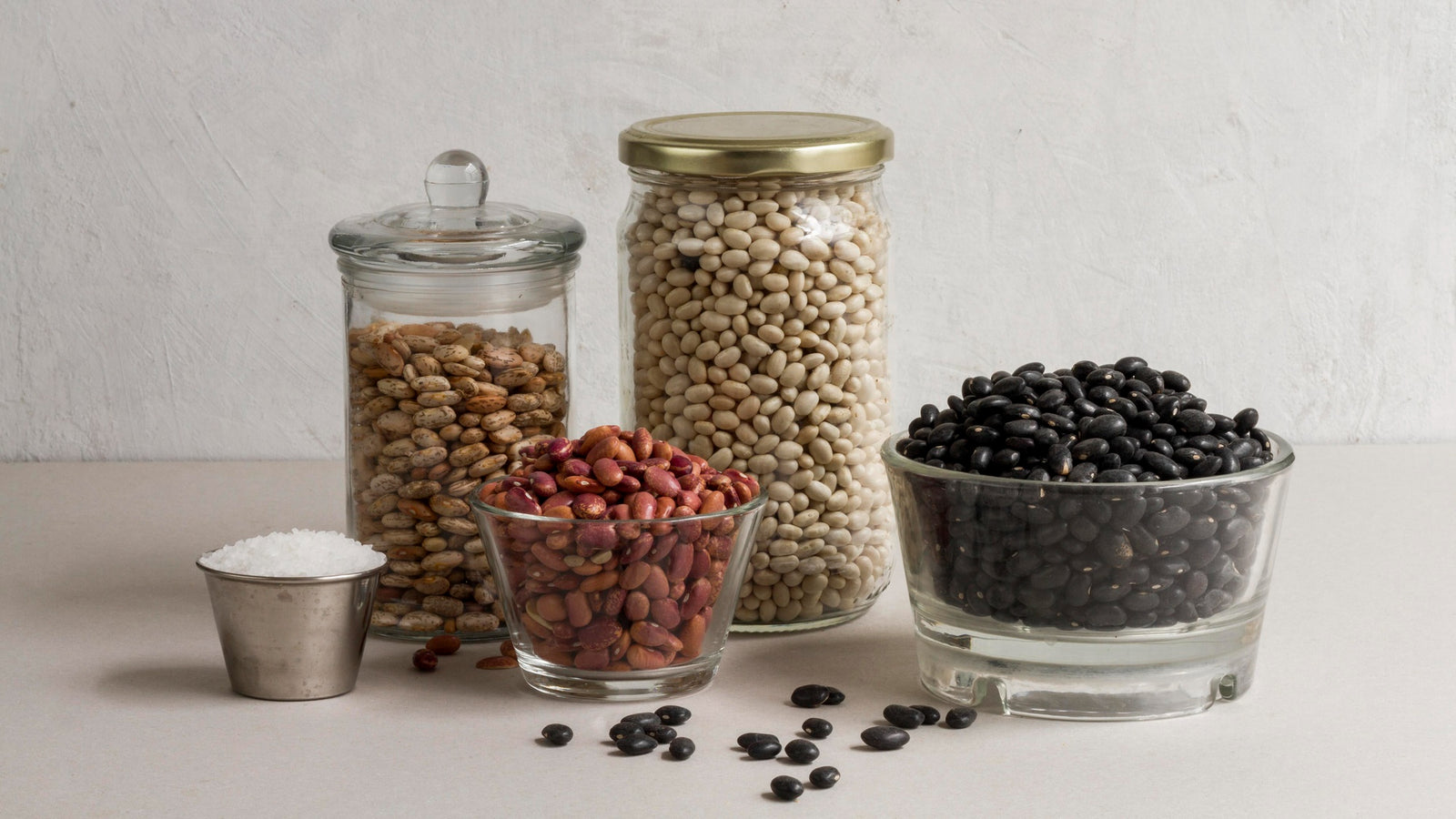
June 15, 2021 2 min read
Wheat berries are whole, unprocessed wheat kernels in their most natural form. They come in two different forms, red and white, and are generally used by being ground into whole wheat flour. Red wheat berries yield a darker colored flour with a slightly bitter flavor. White wheat berries create a light-colored flour with a milder flavor. The lighter and milder flavor of white whole wheat makes it more appealing to people who are used to the taste of refined flour, not to be confused with refined white flour, which has been processed and stripped of its many nutrients. Flour made from wheat berries is whole wheat flour, which means it contains the bran, germ, and endosperm of the wheat kernel. Each of these parts of the kernel are important because of the nutrients they carry. Wheat berries are nutritionally beneficial because they offer protein and fiber supplies and are low in fat. In addition, wheat berries are a source of essential vitamins and minerals like iron, calcium, vitamin B, vitamin E, folate, potassium, and gluten. Soft wheat berries are different than hard wheat berries in that they carry more protein and gluten, which makes them preferable for healthy, hearty eating.
To cook wheat berries for your meals, treat them like most other grains by bringing them to boil first and then letting them simmer until the grains have softened. Based on recipe requirements, a little salt may be added during the cooking process. For reducing cooking time, which can typically be around an hour or so, experts recommend soaking the wheat berries overnight to soften the grains. Cooking time may also depend on the recipe the wheat berries are going to be used in. For instance, wheat berries in a trail mix may be left more on the crunchy side while wheat berries in cereal are cooked longer for a softer texture.
❤ Try our USDA certified organic Hard Red, Hard White, and Soft White Wheat Berries ❤
Other Wheat Berry Blogs:
Thanks for reading this Be Still Farms Blog article. To sign up for more news/articles and/or recipes, click here. For more about us, click here. To shop our certified organic products, click here.
Please comment and share and we look forward to serving you in the future!
Comments will be approved before showing up.

May 01, 2024 3 min read
This article explores the differences between cane sugar and beet sugar, from their production processes to environmental impacts, highlighting why understanding these distinctions is crucial for making informed decisions about food consumption and sustainability.

April 29, 2024 3 min read

April 24, 2024 3 min read
This article explores the unique characteristics and culinary uses of pinto beans, small red beans, and black beans. Highlighting their distinct flavors, textures, and nutritional profiles, the piece delves into how each bean fits into different regional cuisines and cooking methods. From the creamy texture of pinto beans in Mexican dishes to the firmness of small red beans in Caribbean meals and the robustness of black beans in Latin American recipes, this guide offers a comprehensive look at these versatile staples in global kitchens.
© 2024 Be Still Farms- Real, Fine Organics.
Privacy | Terms | Refund Policy | Organic Certification
